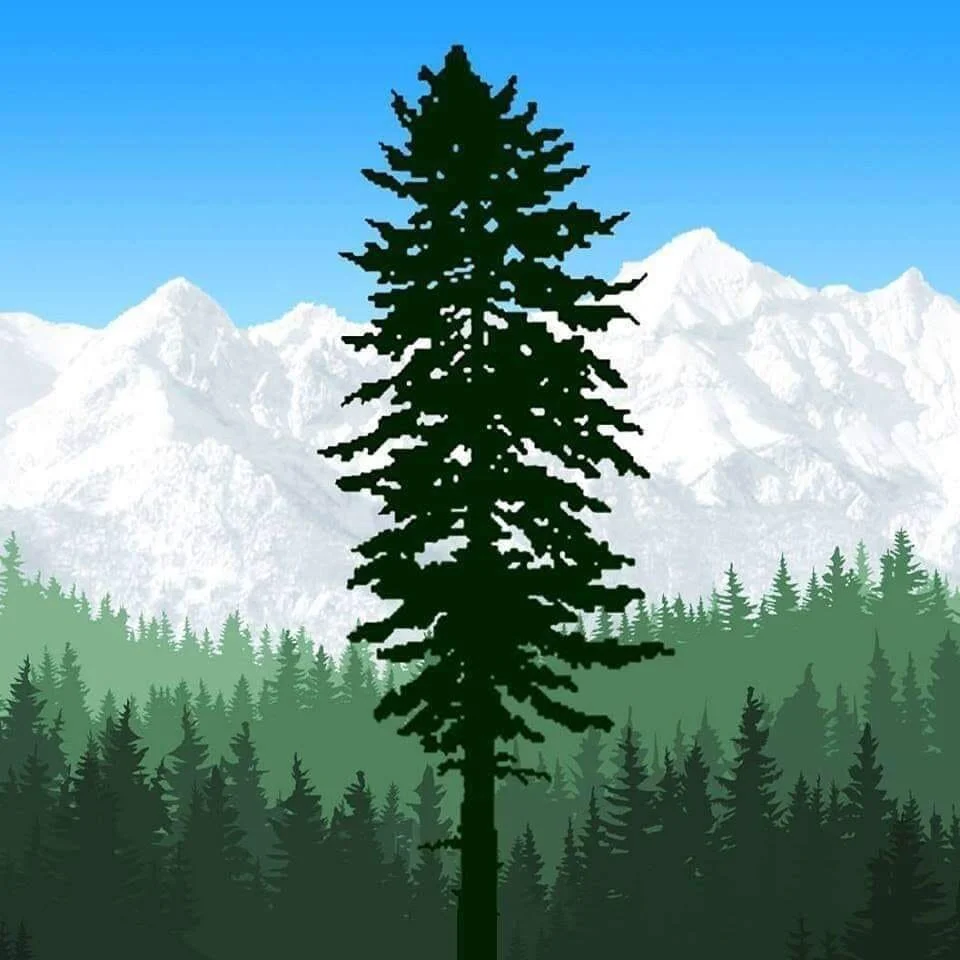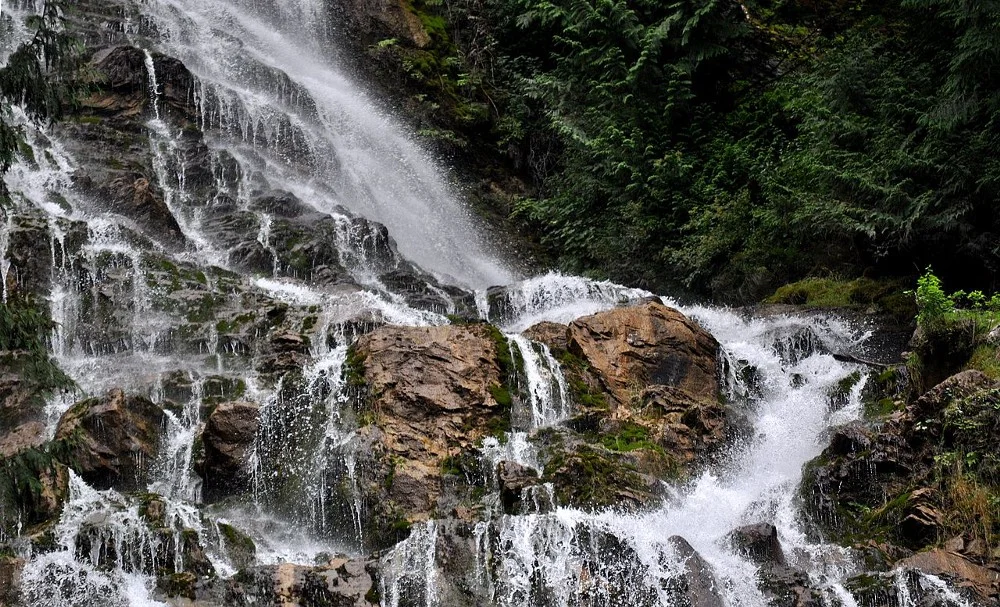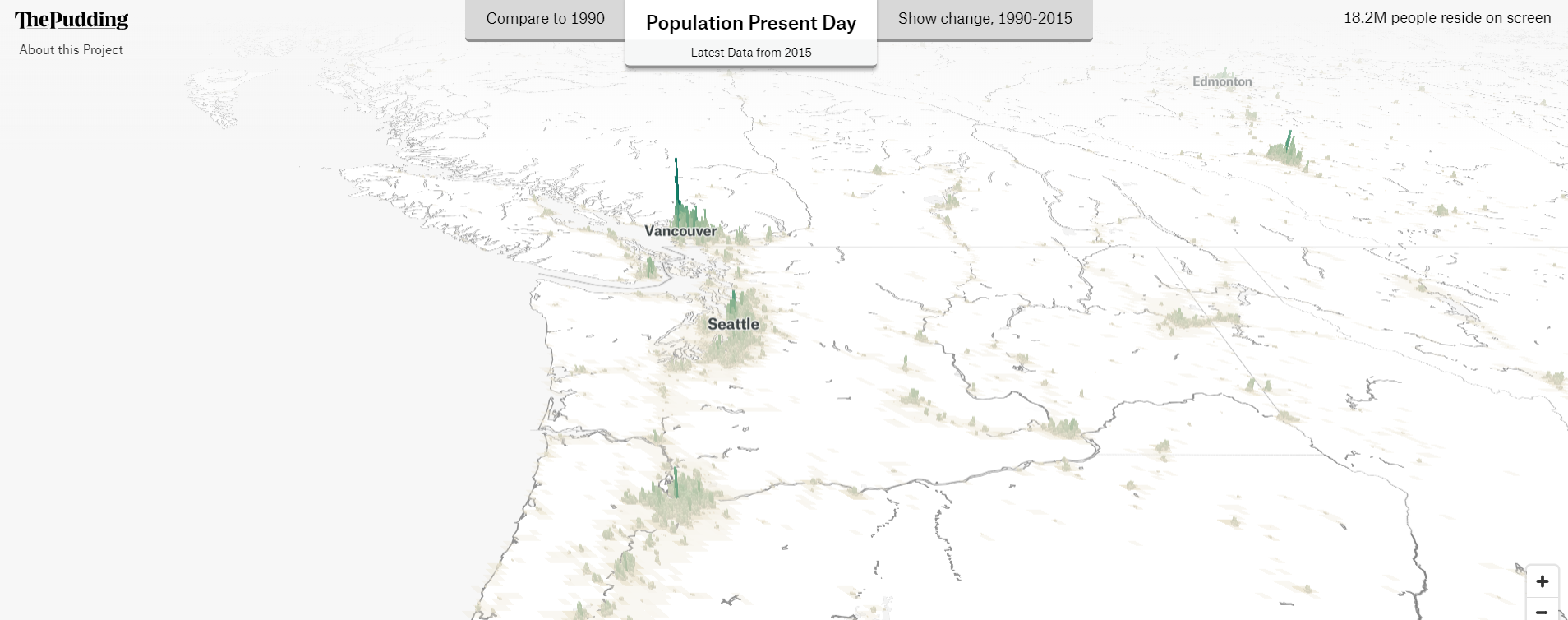A decade into the 21st century, the world of books, the world of the arts, the world of criticism have all been caught up in violent, unpredictable change. A large part of this change has been unleashed by a continual stream of technological innovations that impact our daily lives and even our personal as well as professional relationships. Technology is changing how we read and what we read, is challenging the very forms and genres in which we write, and is making criticism and reflection more valuable and necessary than it's ever been.
Cascadia the Free - Song & Chords by Little Bear and the Fostervillagers
Why I am Cascadian - by Andrew M. Tanner
The Cascadia Gateway: Largest Ever Fiber Optic Connection between Seattle & Vancouver beginsin March
Cascadia V Chagos Island, May 26 - Cascadia Football Team announces first international friendly
The Cascadia Football Federation is delighted to announce that they have arranged their first ever international friendly on the 26th May against the Chagos Islands. The game will take place in the U.K. at Beckenham Town FC who we would like to thank for their cooperation in creating this fixture.
Legislation Introduced for Cascadia High Speed Rail Authority
From the Archive: What is the Cascadia Project? 1994
From the Archive: Cascadia in 2092 - 1992 NYT Op Ed by Douglas Coupland
The Future is Cascadia: 2018 Building Regional Competitiveness Cross Border Workshop Report
Standing Rock Solidarity Network Resource Packet
While compiling notes for the creation of a Department of Bioregion Indigenous Solidarity Guide - we noticed that one of the primary tools - the Standing Rock Solidarity Resource Packet - is now offline, and that the mirror sites for most of it is now also offline. In an effort to preserve the lessons and wisdom learned from the Standing Rock Protests, we wanted to share our PDF’s for historical sake, but also in case they might be useful for future historians, students, activists and organizers.
Learning Coast Salish protocols, making acknowledgements meaningful, as defined by them:
Canadian Forces Illegally Enter Wet'suwet'en Country in Northern Cascadia
On January 7, 2019, at approximately 2:51pm, RCMP and military forcefully breached a peaceful checkpoint on unceded Wet’suwet’en territory. Indigenous people were ripped from their homes by militarized police. There were at least 12 confirmed arrests, including an elder, and Wet’suwet’en hereditary chiefs were blocked from their own territories.
The Cascading Cascades of Cascadia - where does the name Cascadia come from?
Cascadia — the evocative name of a region, an idea, a movement — wild and free, defined by the waters flowing from the continental crest through the headwaters of the Pacific. Cascadia is a bioregion, the place we call home, an identity, movement and positive vision for the future. But where did this name actually come from?
For this New Years 'Resolution Say "Cascadia"
Your Cascadia launches Weekly Meetups!
Oceans of Cascadia by Treeoathe - Fresh Ancients of Cascadia & Beyond
As part of our archive of writings on Cascadia and eco-poetics, the Department of Bioregion is excited to share the following writing on bioregional mapping, salmon, and perceptions of place.
Cascadia Subduction Zone Tremors: 36,377 in 2018
In 2018, the Cascadia Subduction Zone saw 36,377 Episodic Thrusts & Slips (ETS). These tremors are different from earthquakes, which are generally more sudden, and that of other, shallower faults, which can be generated from the pressure buildup of magma sitting under Cascadia’s many volcanoes along the Pacific Ring of Fire.
A Cascadia Field Guide to Wheatpasting
The Practice of Bioregionalism: An Interview with Richard Evenoff
The Department of Bioregion is proud to share an interview between Evan O’Neil and Richard Evanoff, a professor of envrionmental ethics at Aoyama Gakuin University in Japan, who recently wrote the book Bioregionalism and Global Ethics as part of our archive of bioregionalism articles and resources. The interview originally appeared on Carnegie Council on August 3rd 2012.


























